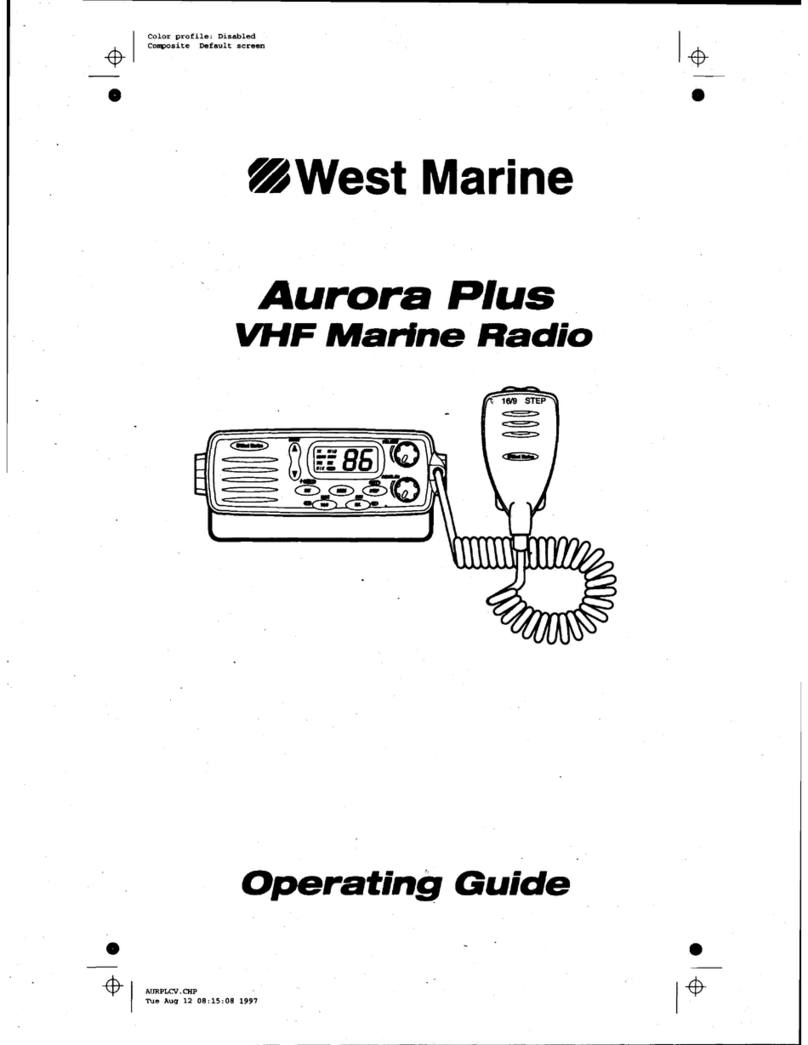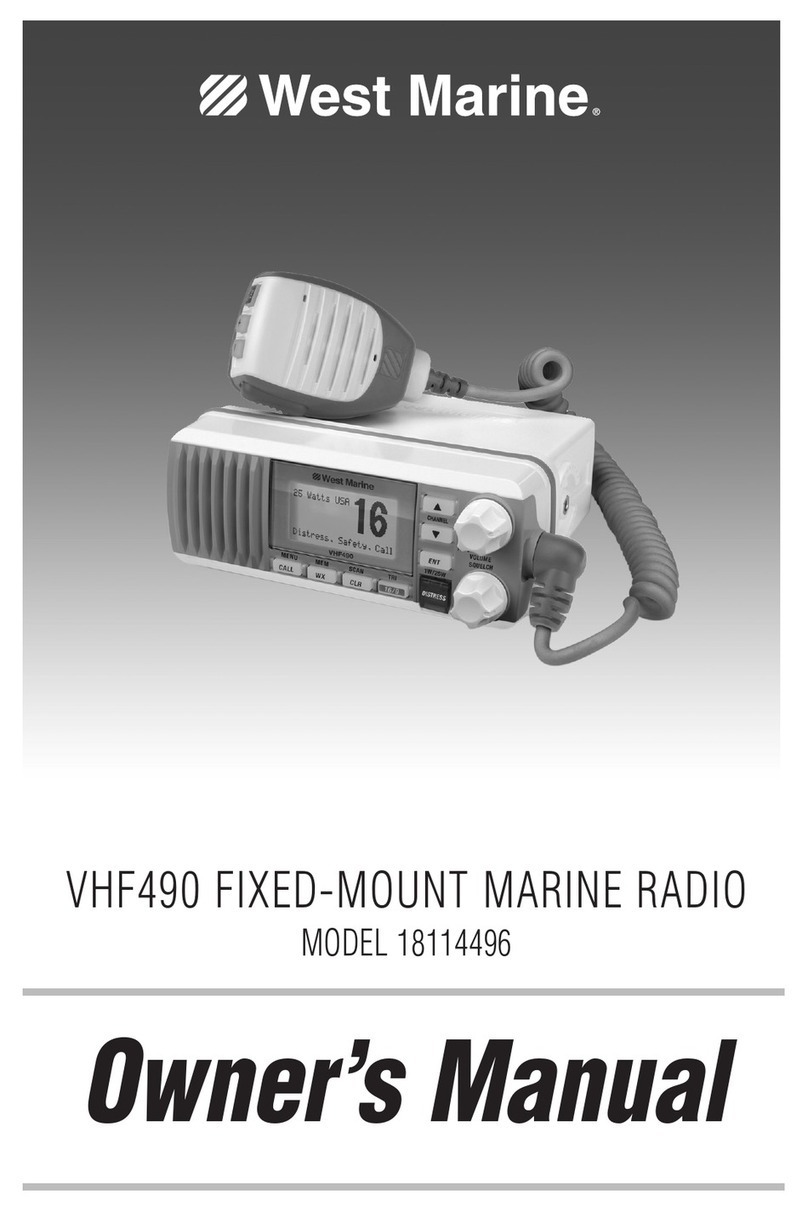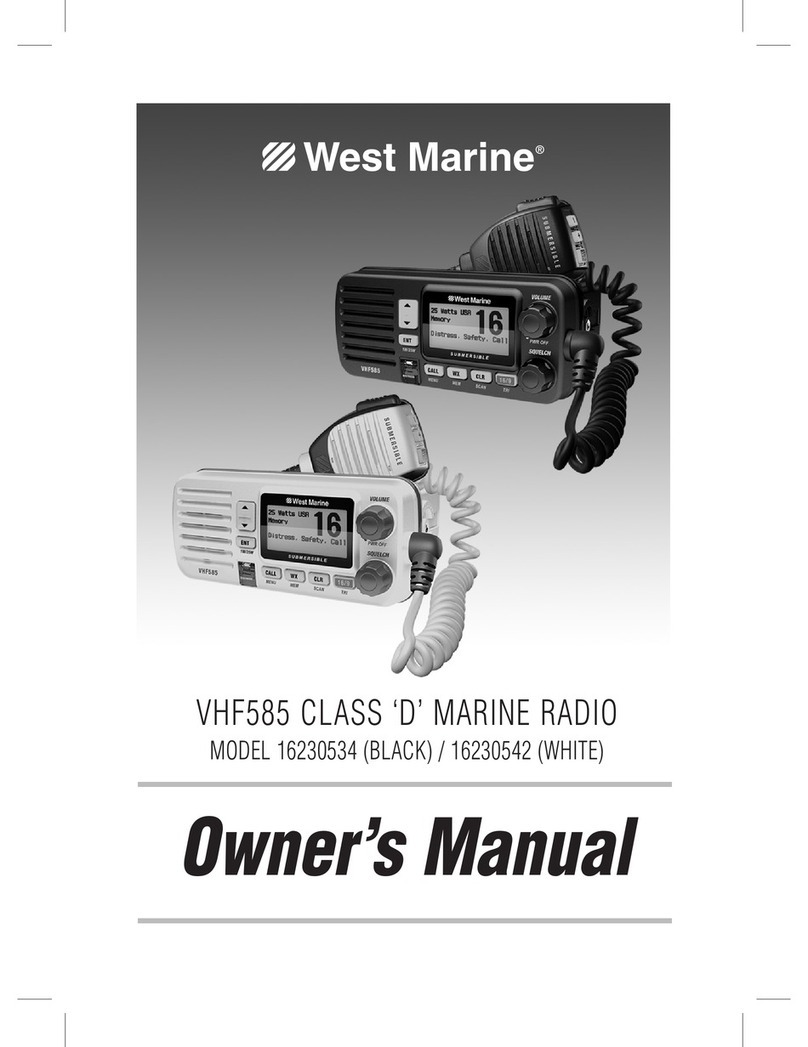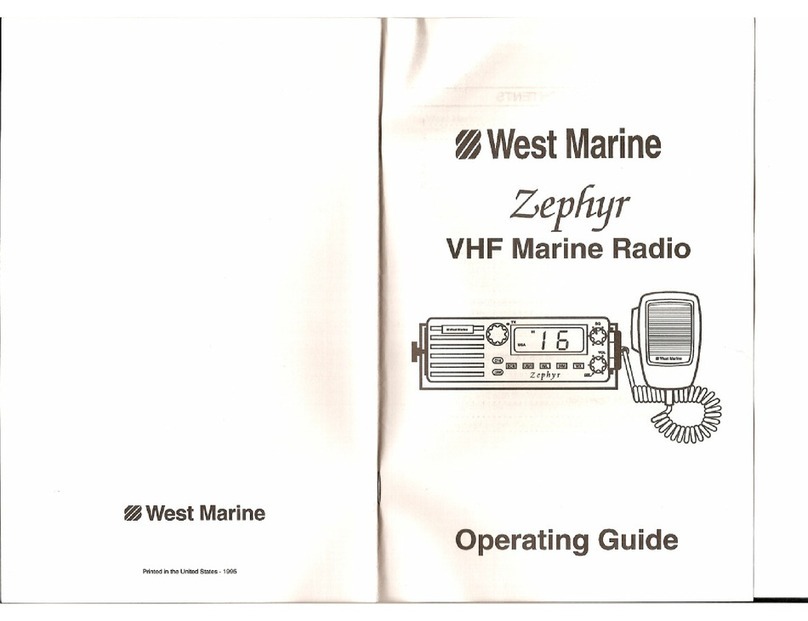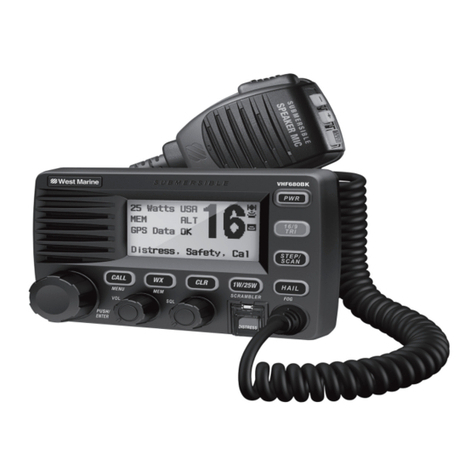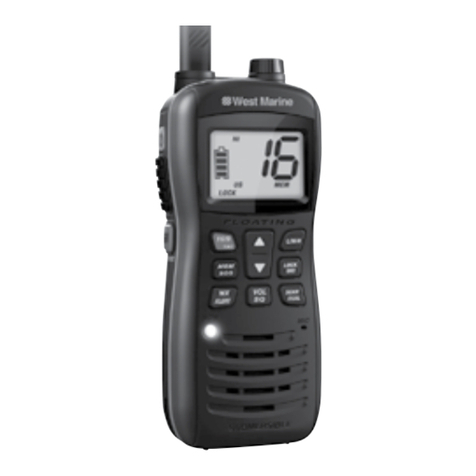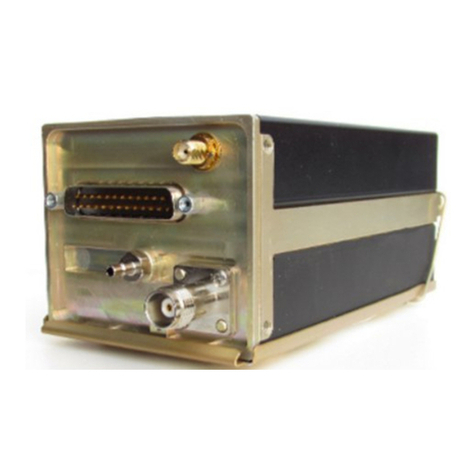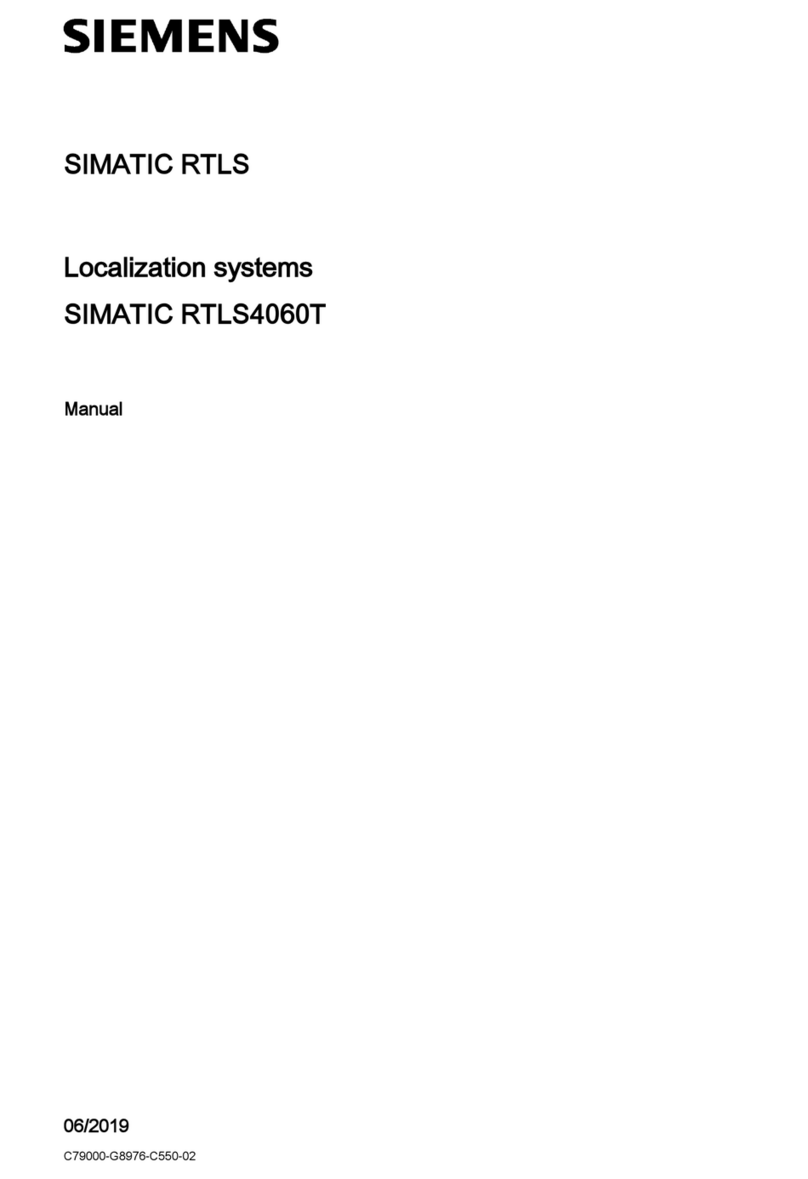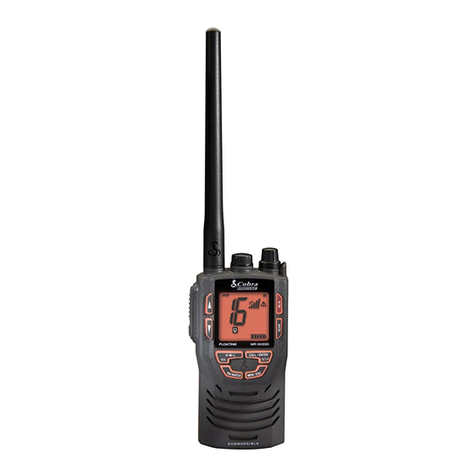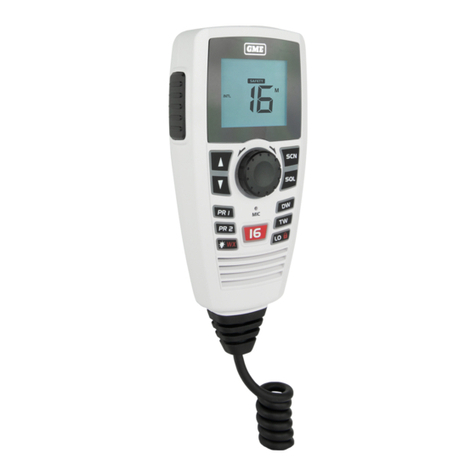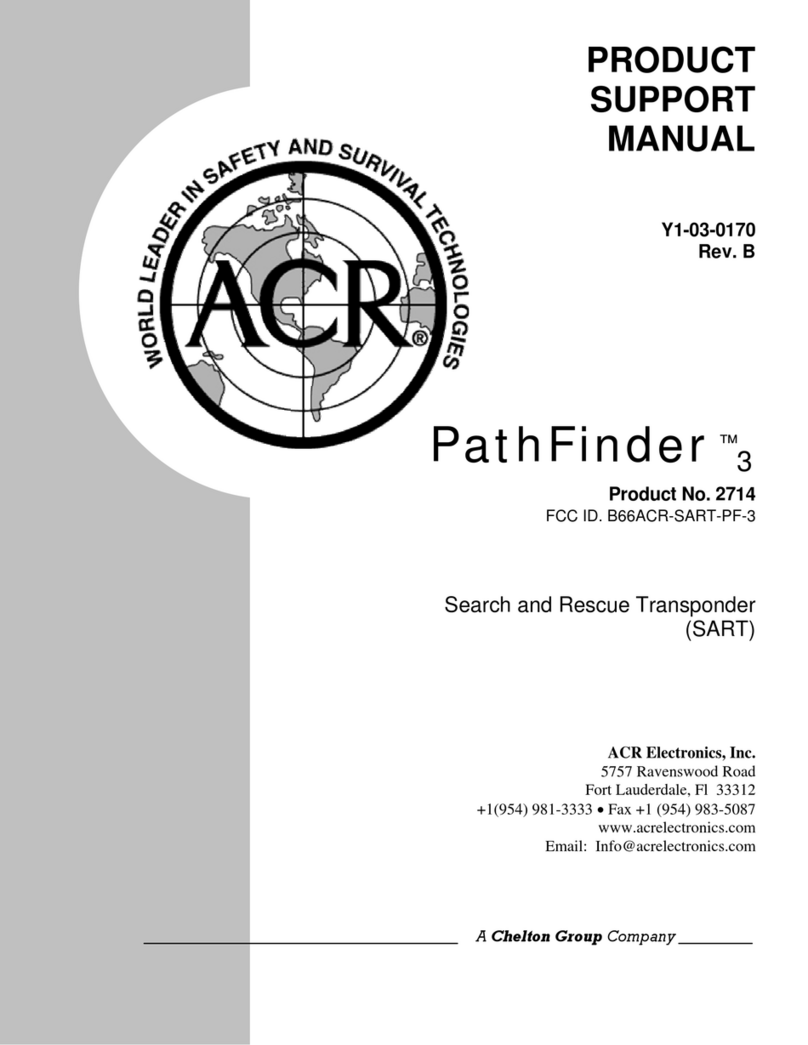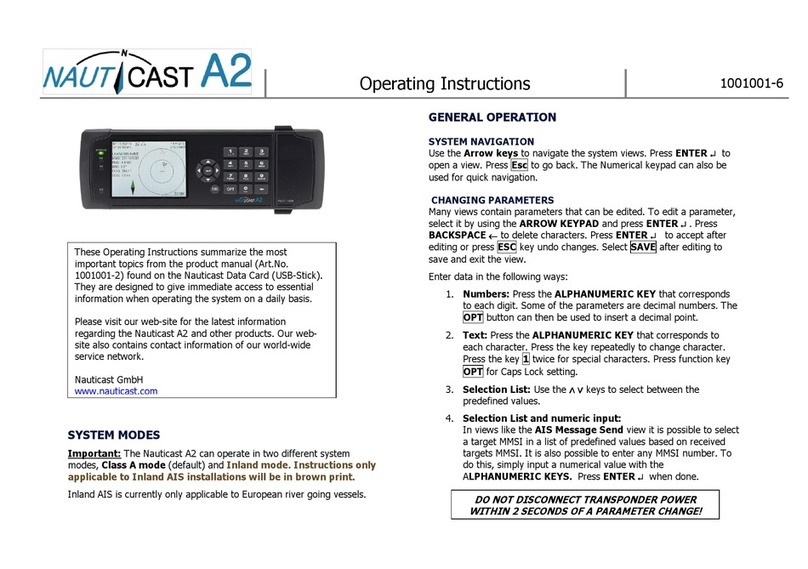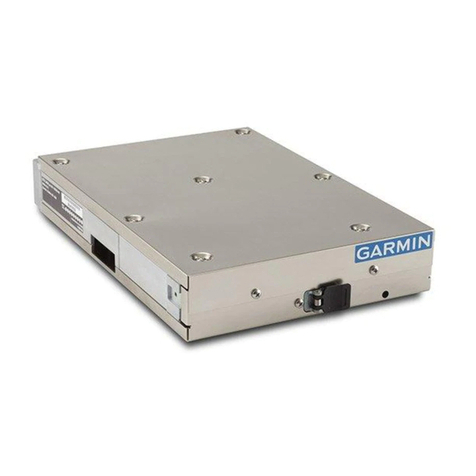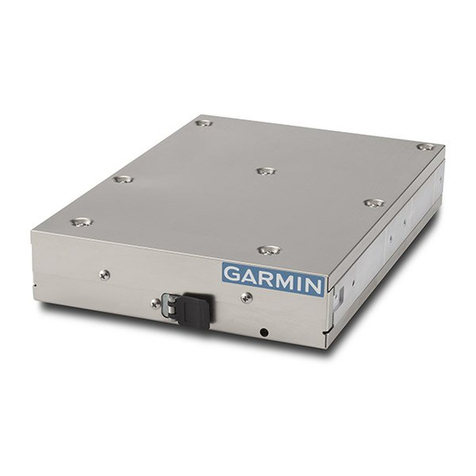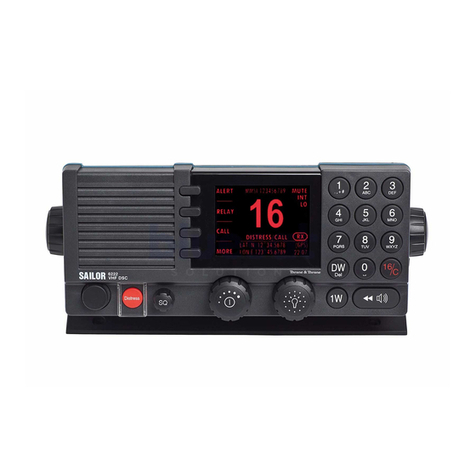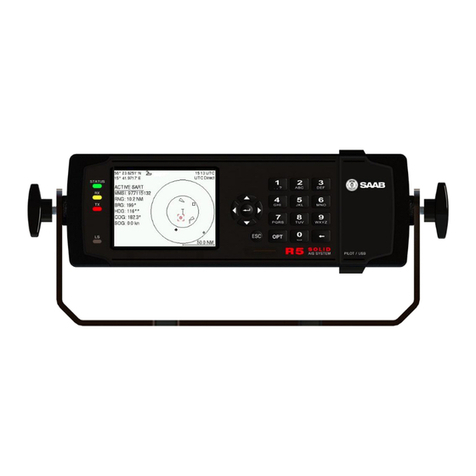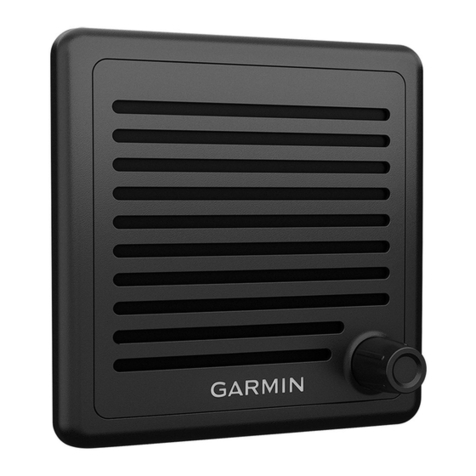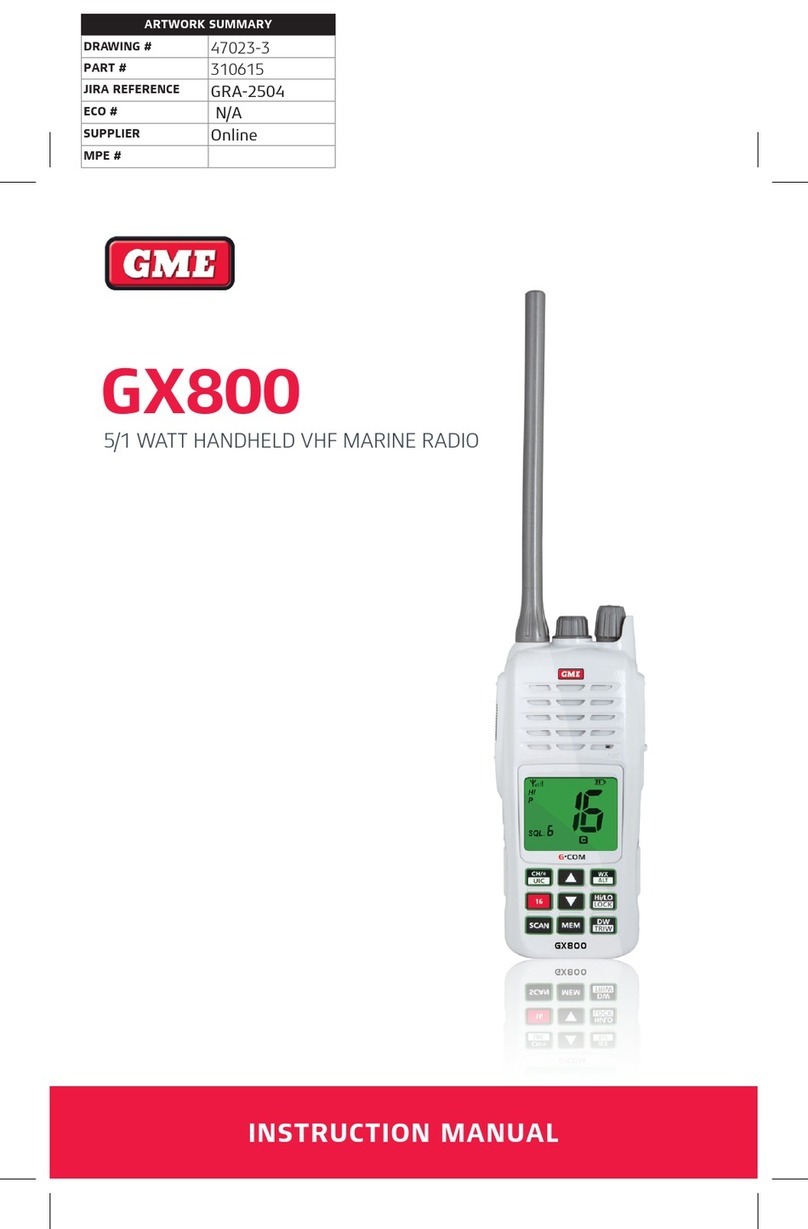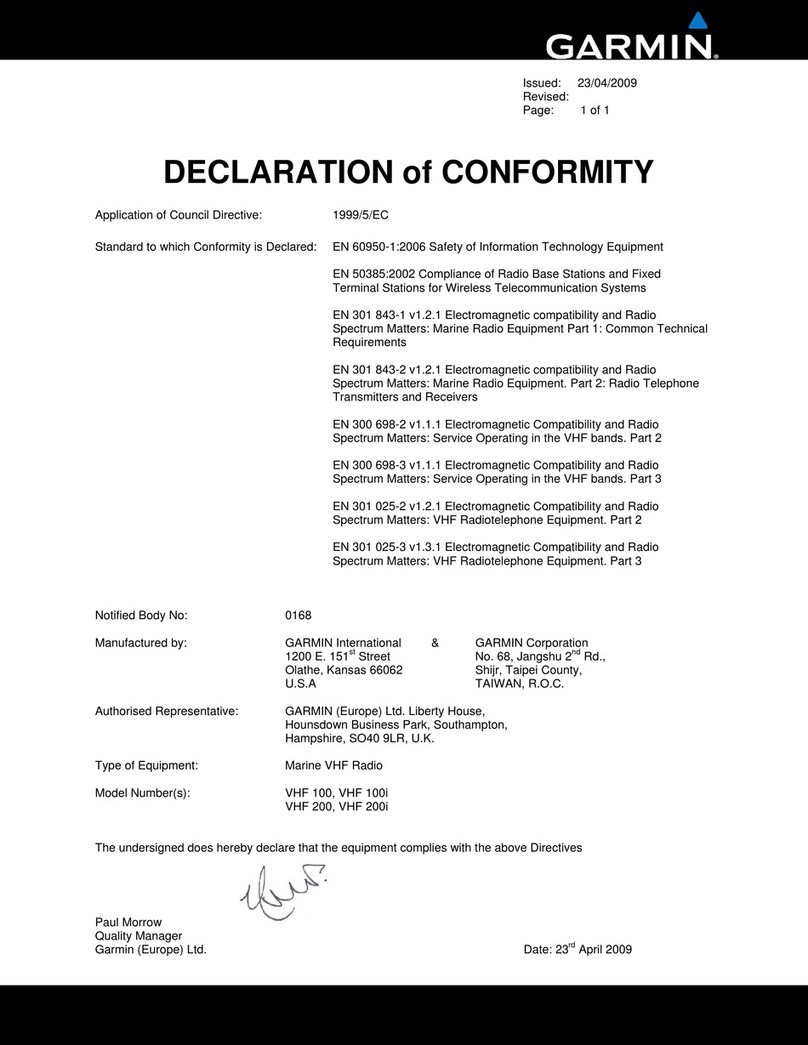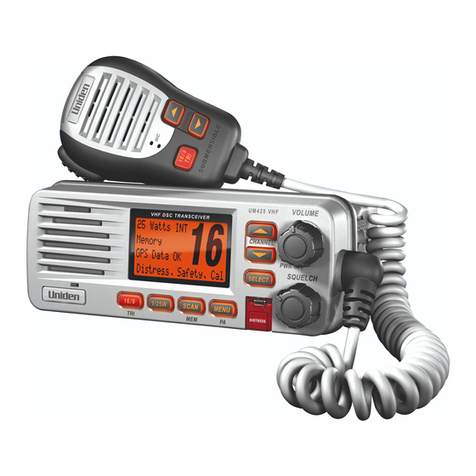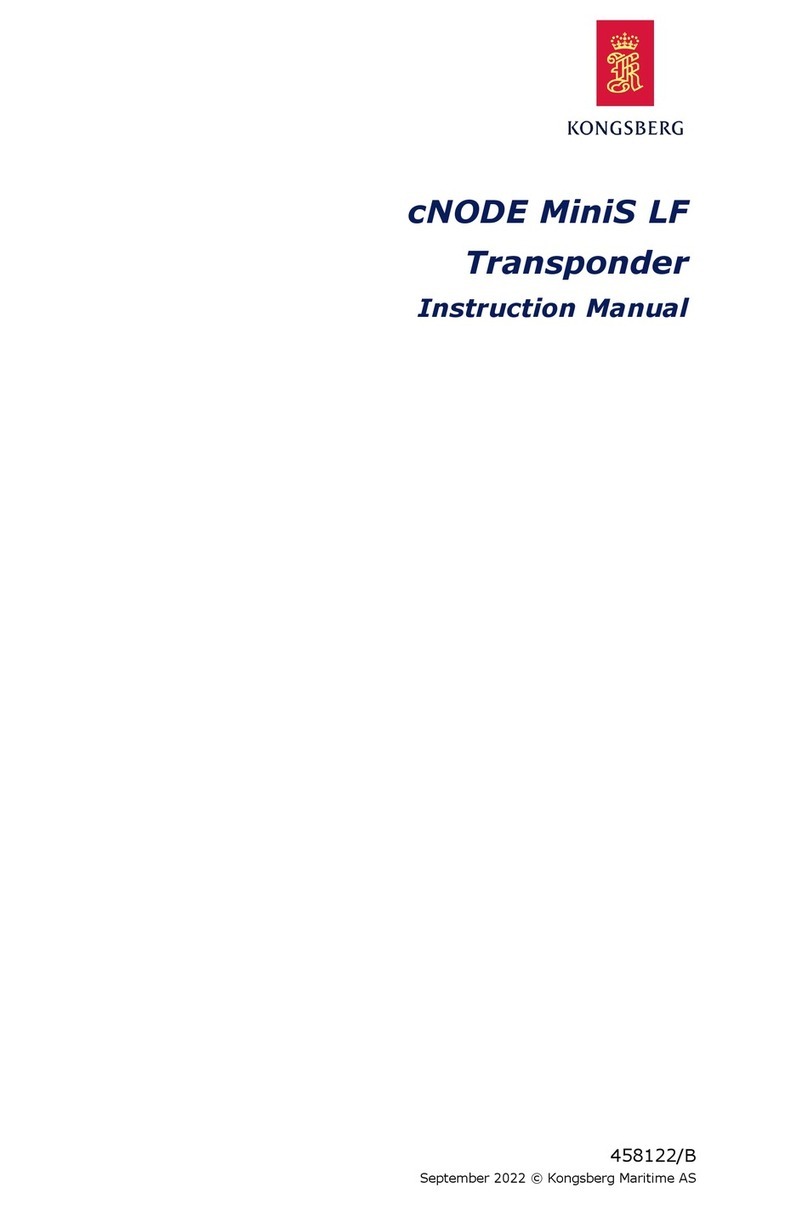E-2
Table of Contents
Making a Distress Call .................i
Making a voice distress call ........ i
Table of Contents .........................2
Introduction...................................4
Features .....................................4
Manual overview ........................4
Conventions ............................4
Terms used in this manual.......4
Getting Started..............................6
What's included ............................. 6
Parts of the radio ........................... 7
Turning on the radio..................... 10
Setting the UIC channel mode
(USA/CAN/INT) ........................... 10
How it Works...............................10
Normal mode operation............ 11
Using the radio in normal
mode .....................................12
Normal mode with Weather
Alert Watch ............................12
Normal mode with Triple and
Dual Watch ............................13
Normal mode with both Weather
Alert and Triple/Dual Watch...13
Scan mode ...............................14
Using the radio in scan
mode .....................................14
Scan mode with Weather Alert
Watch ....................................15
Scan mode with Triple and Dual
Watch ....................................15
Scan mode with both Weather
Alert and Triple/Dual Watch...16
Weather mode..........................16
Using the radio in weather
mode .....................................16
Weather mode with Weather
Alert Watch ............................17
Weather mode with Triple and
Dual Watch ............................17
Using Your Radio........................18
Making a voice MAYDAY
call............................................19
Setting the volume ...................19
Setting the squelch level ..........19
Changing the channel ..............20
Making a transmission .............20
Boosting the transmission
power.....................................20
Choosing Triple Watch or Dual
Watch .......................................21
Using FIPS codes for weather
alerts ........................................21
Changing display and sound
options......................................23
Contrast.................................20
Lamp adjust...........................20
Turning the key beep on and
off ..........................................20
Setting the GPS position
manually...................................23
Using Digital Selective Calling
(DSC) Features............................25
What is DSC?...........................25
Advanced DSC features...........25
Getting an MMSI number .........26
Entering MMSI numbers ..........26
Individual or user MMSI
number ..................................26
Group MMSI number.............27
Using the directory ...................28
Making DSC calls.....................30
Calling a single station
(Individual Call)......................31
Calling a particular group of
stations (Group Call) .............32
Calling all stations (All-Ships
Call) .........................................32
Making an automatic distress
call............................................33
Canceling an automatic
distress call............................33
Receiving a DSC call ...............34
Receive log ..............................34
Returning a call .....................35
Requesting another station's
position (POS Request) ...........35
Receiving a position request
(Position Reply)........................36
Enabling automatic position
reply.......................................36
Sending your own position
(Position Send)..........................37
Putting the radio into standby....37
Disabling automatic channel
switching....................................38
Renaming Channels...................39
Table of Contents


